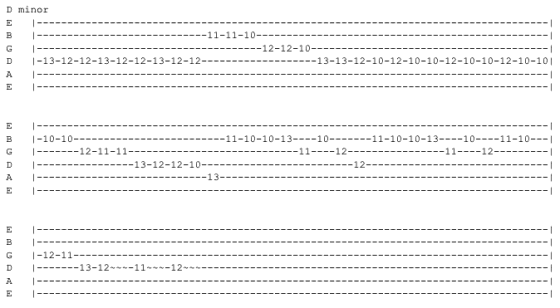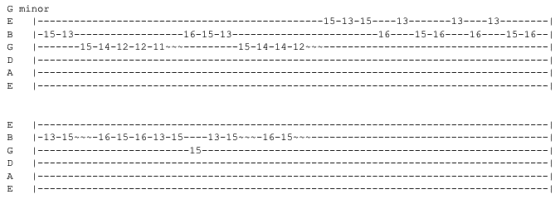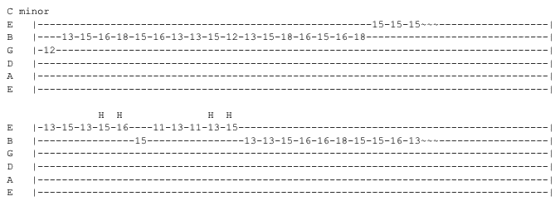One way to enhance your practicing is to replace scales with melodic phrases taken from classical music. Depending on the composer you choose, you may find that certain classical phrases are very much like scales. However the masters had a way of embellishing the basic scales so that they became something different.
Other composers, Mozart for example, are much more melodic. Practicing phrases from music like Mozart will help you to stretch as a player, as you will be putting your fingers in unfamiliar places and changing positions quite frequently (unless you already play classical music of course).
Classical stylings have also been appropriated into heavier, more modern styles, as practiced by former and current neo-classical artists such as Tony MacAlpine, Joey Tafolla and Joe Stump. Also, several artists have taken classical pieces and updated them for the 20th century. Examples of this include Vinnie Moore's "April Sky" off Time Odyssey (Bach), Scatterbrain's "Sonata #11" off Scamboogery (Mozart), Jennifer Batten's "Flight Of The Bumblebee" off Above Below And Beyond (Rimsky-Korsakov), Emerson, Lake & Palmer's "Fanfare For The Common Man" off Works, Volume 1 (Copeland), Scatterbrain's "Sonata #3" off Here Comes Trouble (Mozart) and Gary Hoey's "Desire" off Bug Alley (Bach).
There are some great resources on the internet for classical music in the form of Standard MIDI Files (SMFs). You can set up your browser to play MIDI files, or simply download the SMF to your computer and import it into any sequencing program. Then you can slow the music down, change the orchestration and pick appropriate sections of music for your guitar practice. A great site for classical Standard MIDI Files is The Classical Music MIDI Archives, which boasts over 3300 MIDI files for playback or download. Ain't the web great?
Let's look at several examples of some classical 'licks' you can learn to augment your scales. You can start slowly and build speed with some of these; others sound best played at a moderate tempo.
Example 1 is a melodic excerpt from Mozart's Jupiter Symphony. Even if you're not into classical music, it should sound very familiar:

Example 1: slow - MP3
Example 1: faster - MP3
Example 2 is taken from Albinoni's "Adagio in G minor". You might be able to build up to a frightening speed on this one:

Example 2: slow - MP3
Example 2: faster - MP3
Example 3 comes from Bach's "Fantasie and Fugue in A minor (BWV 561)". Notice in this example that Bach's music is much more pattern-oriented than the previous two examples. This is another good one for starting slow and building to a much faster speed over time:

Example 3: slow - MP3
Example 3: faster - MP3
The fourth and final example is a small section of Beethoven's "Sonata No. 8 in C minor (Op. 13, Pathetique) Rondo (Allegro)". It seems to sound better at a medium tempo, but it's a good exercise all the same:

Example 4: slow - MP3
Example 4: faster - MP3
Check out a few of the records listed above for examples of how classical phrases can be incorporated into a modern playing style.
Dan McAvinchey is a guitarist and composer living in Raleigh, NC.
He believes every musician or composer has the power to write, record and release their own music.